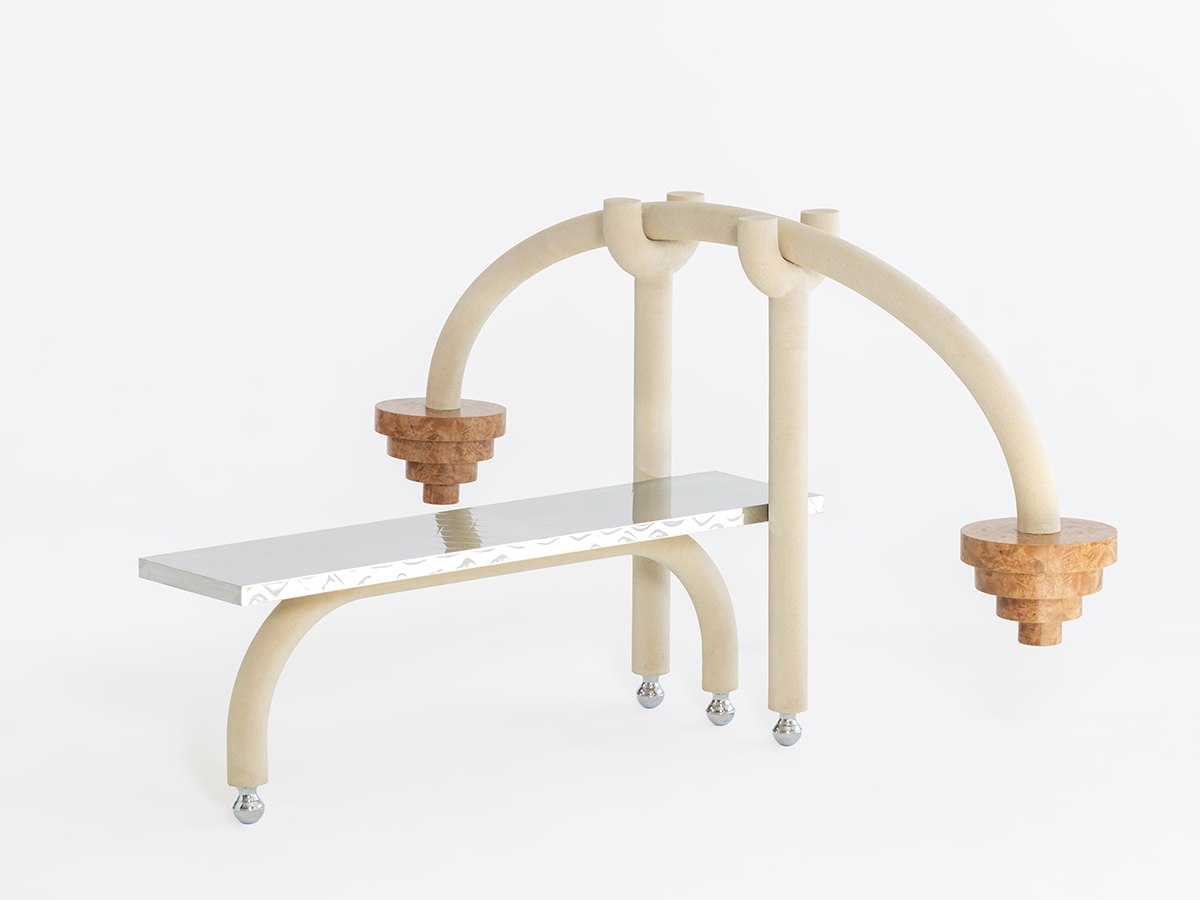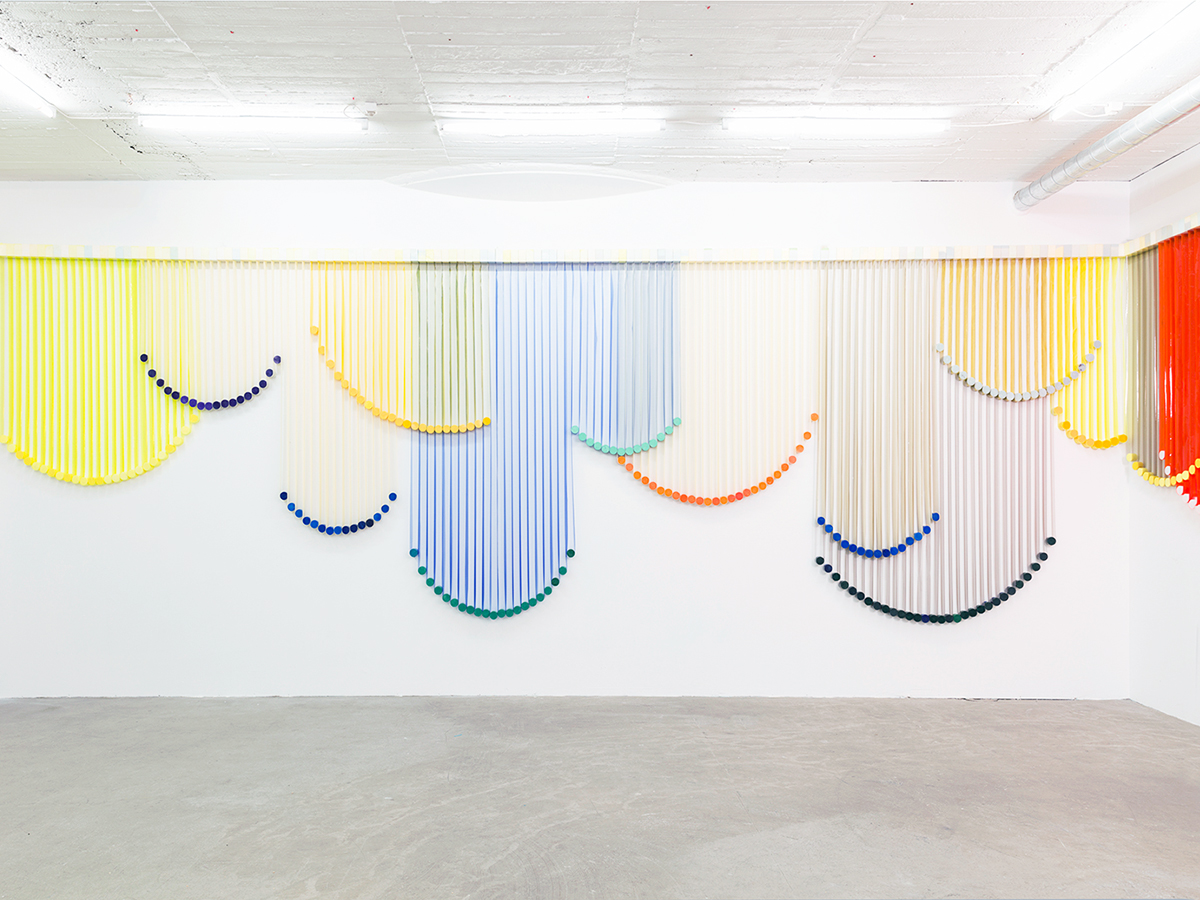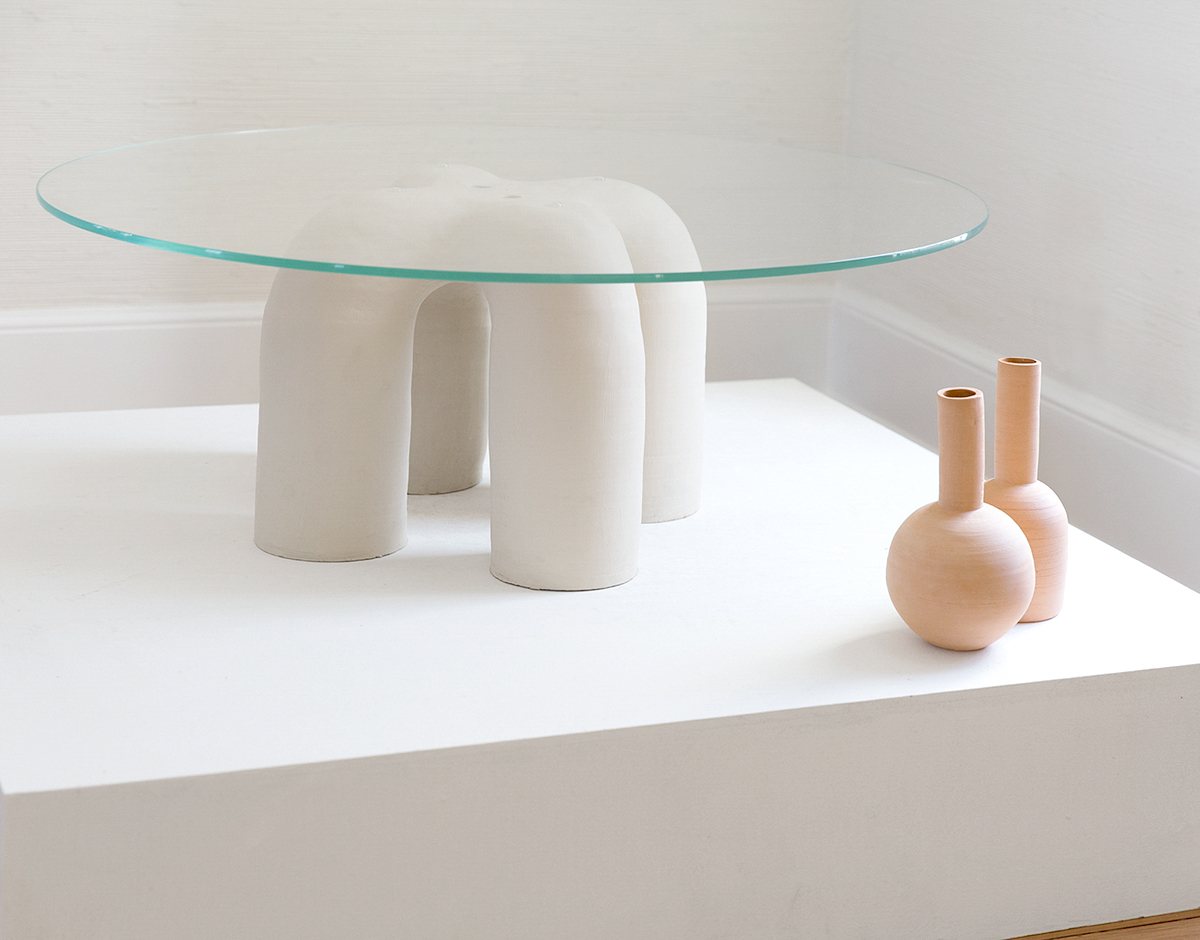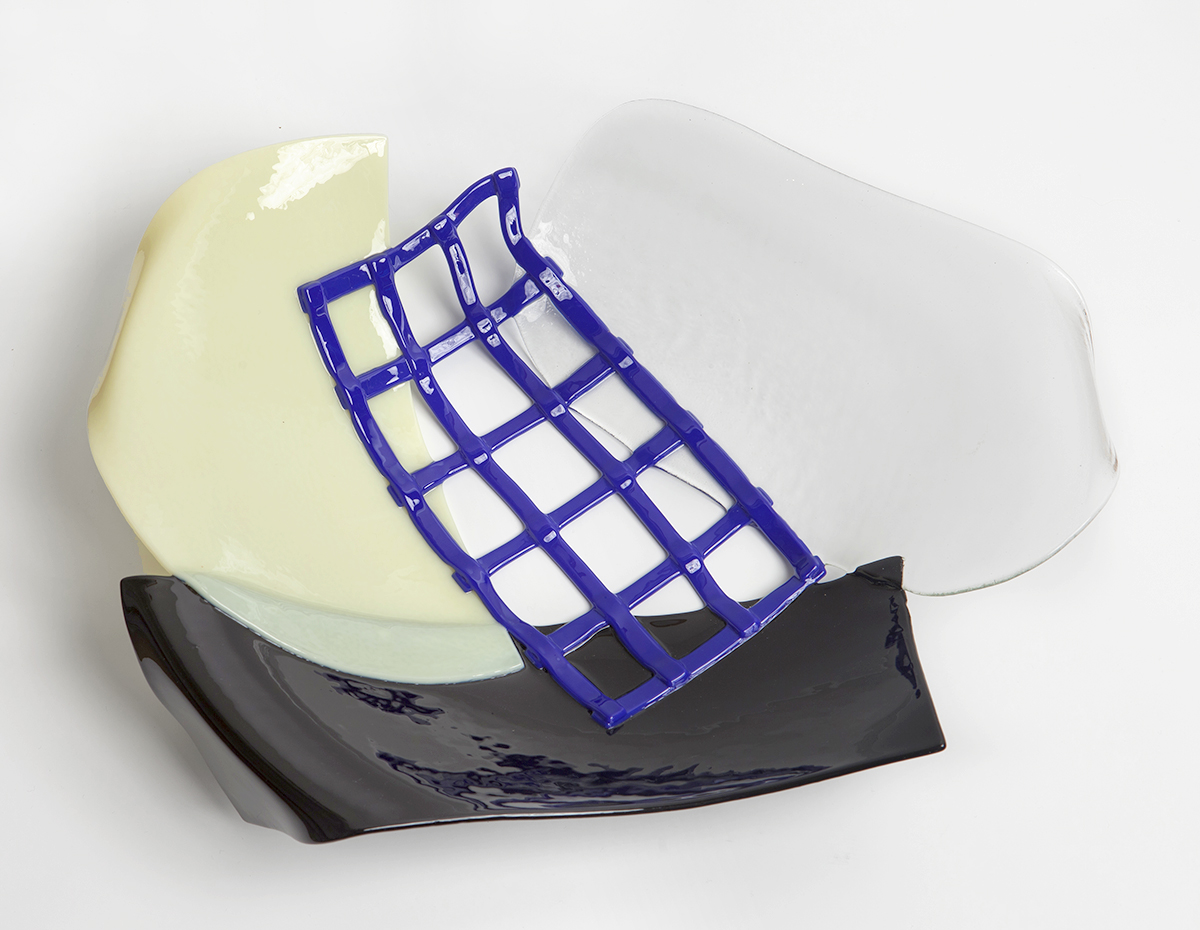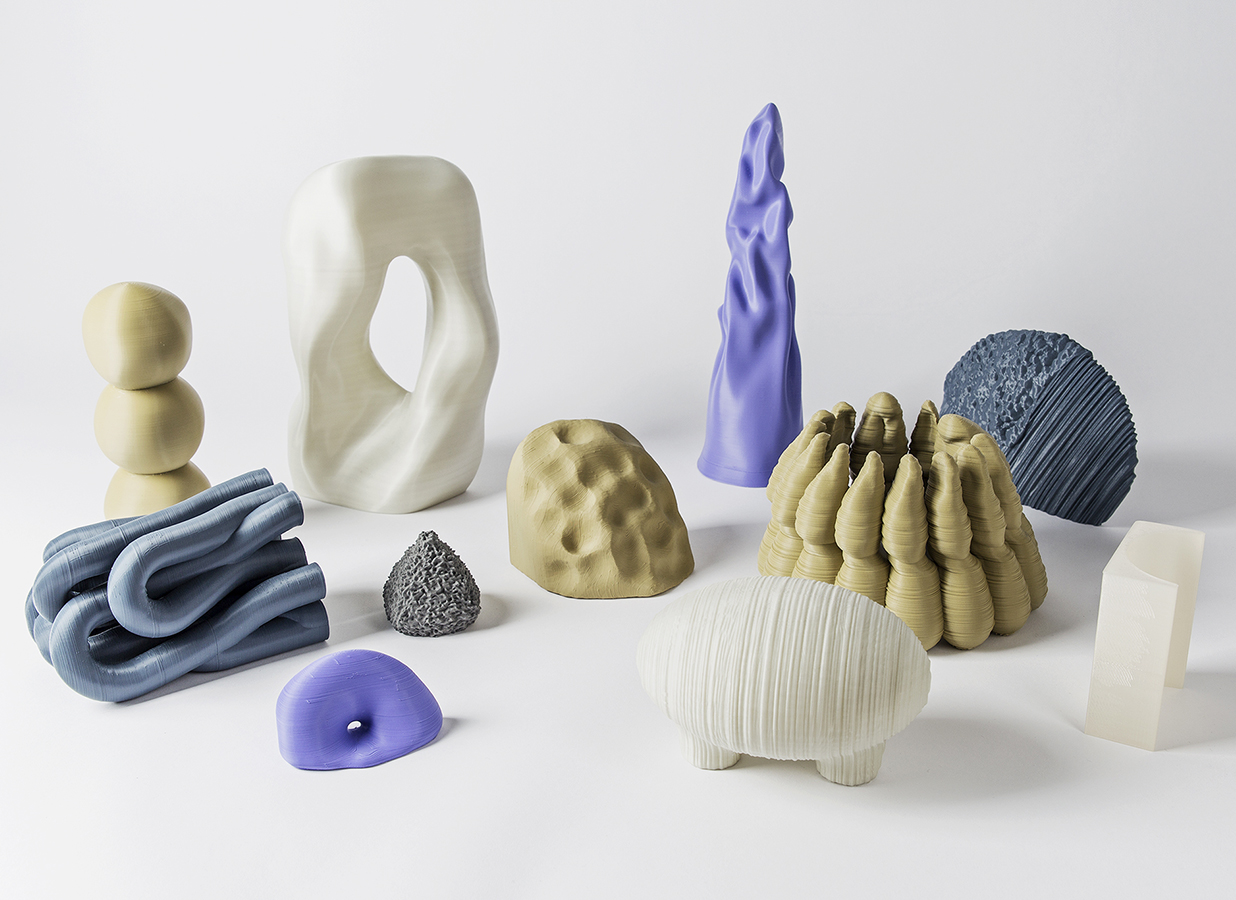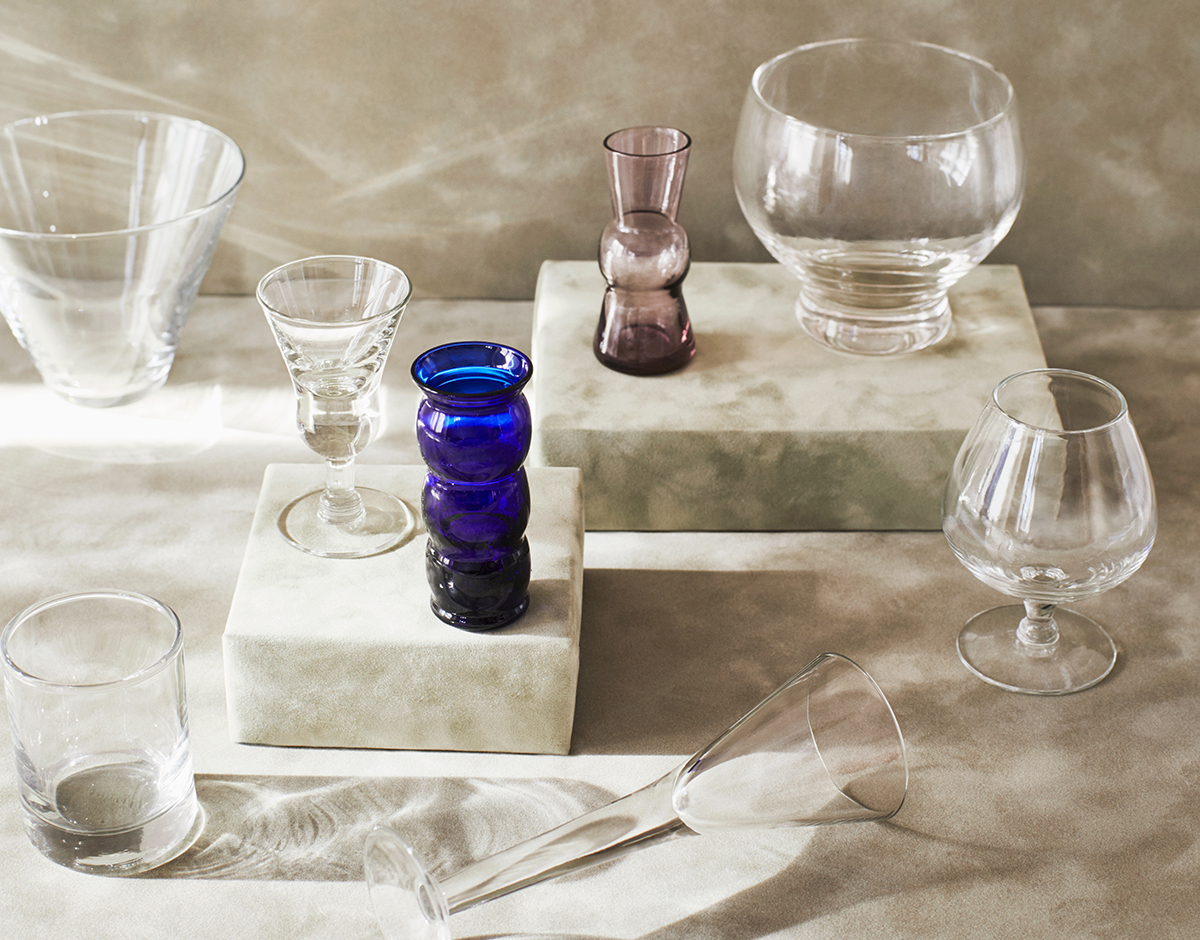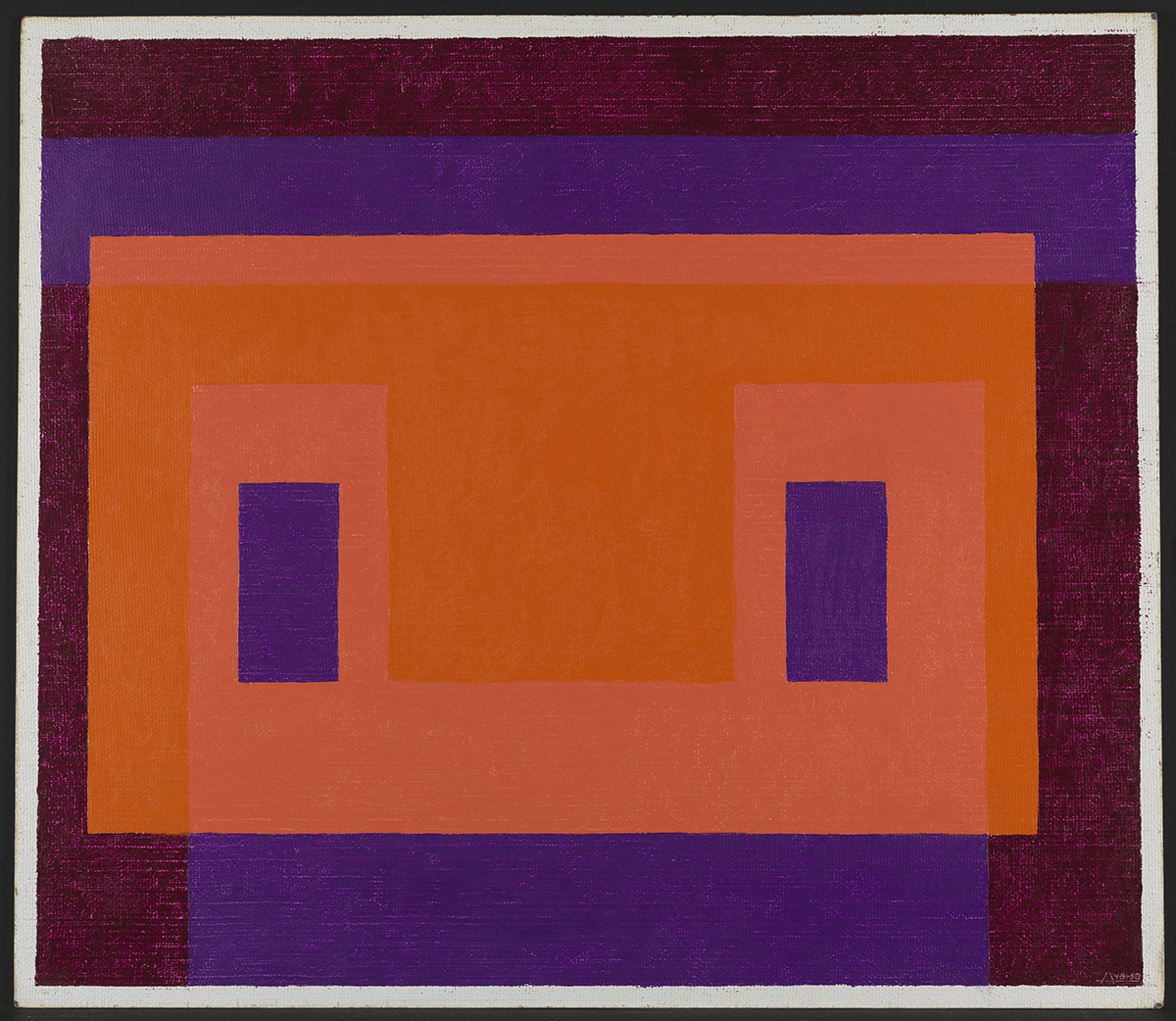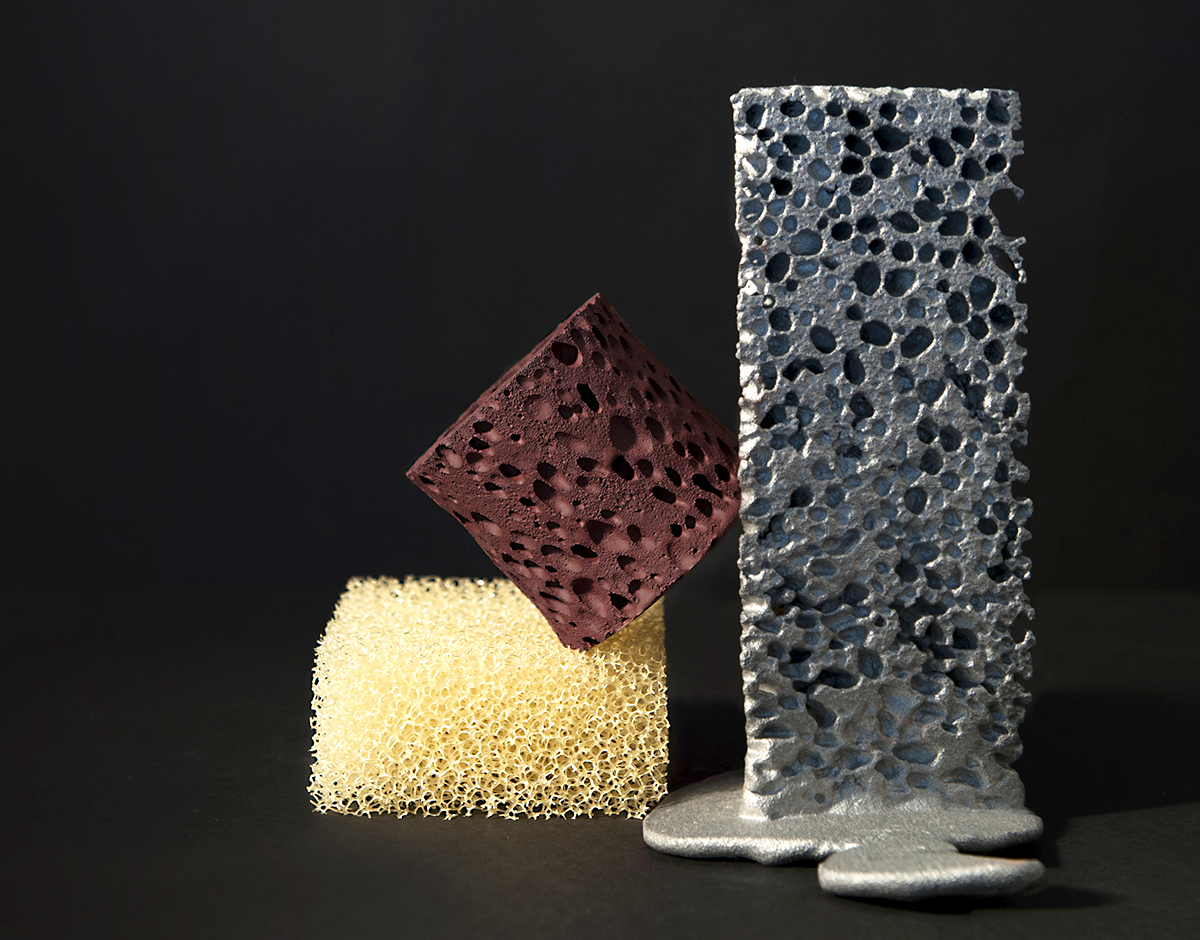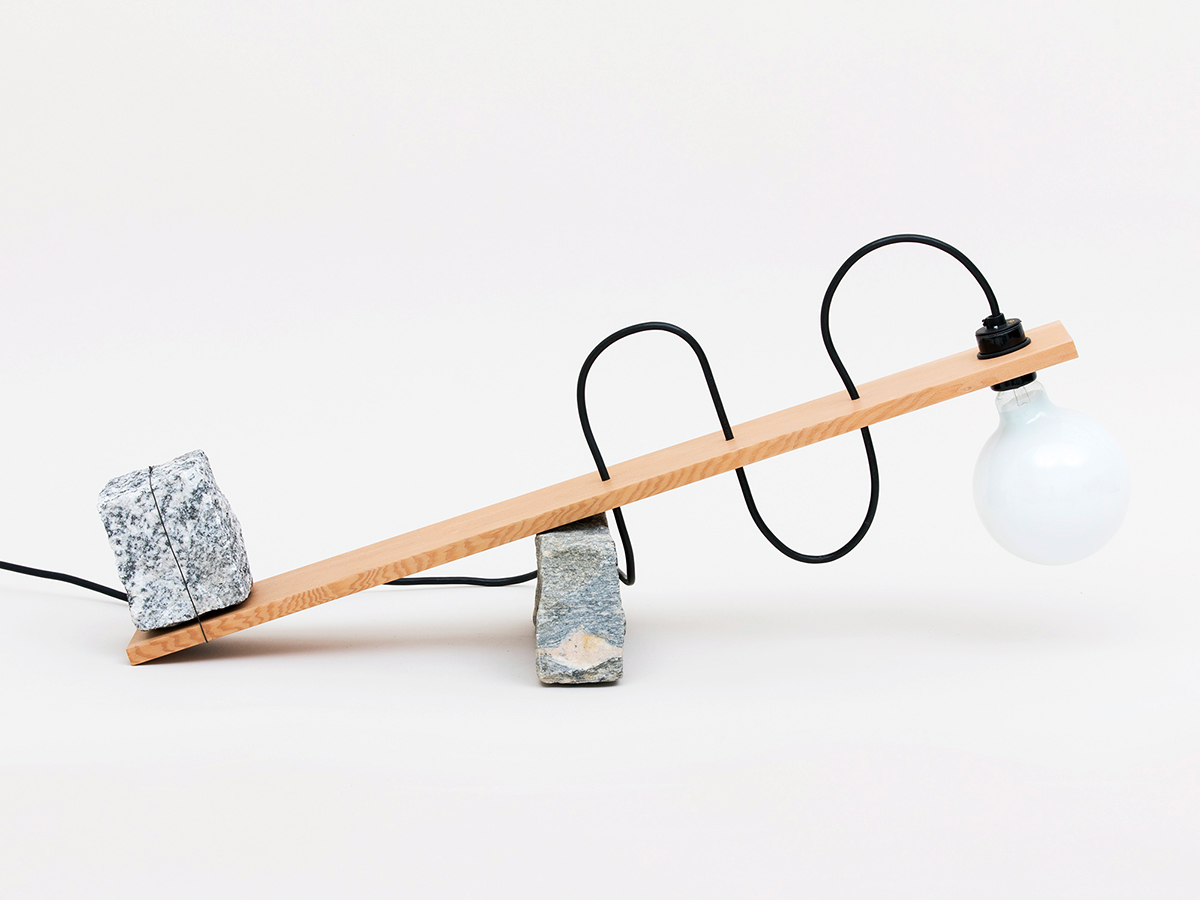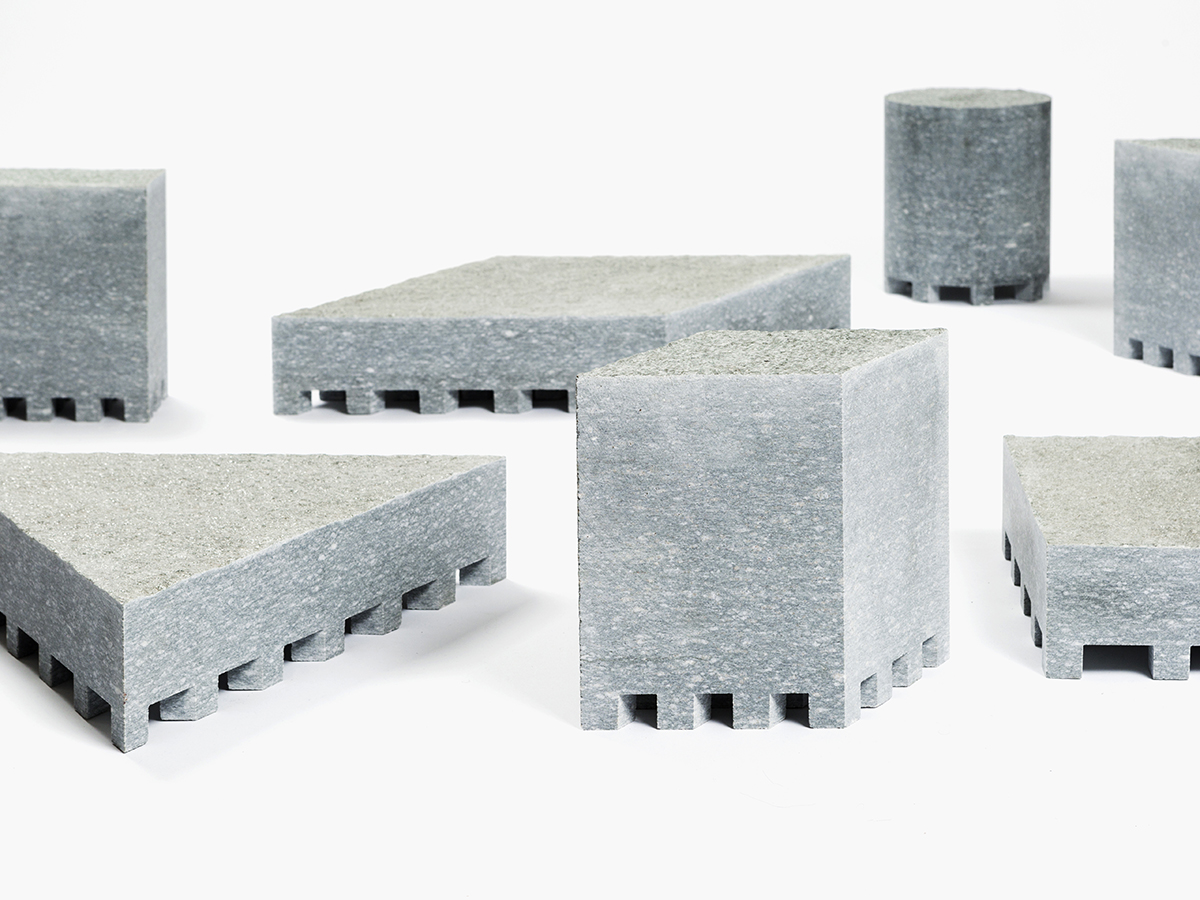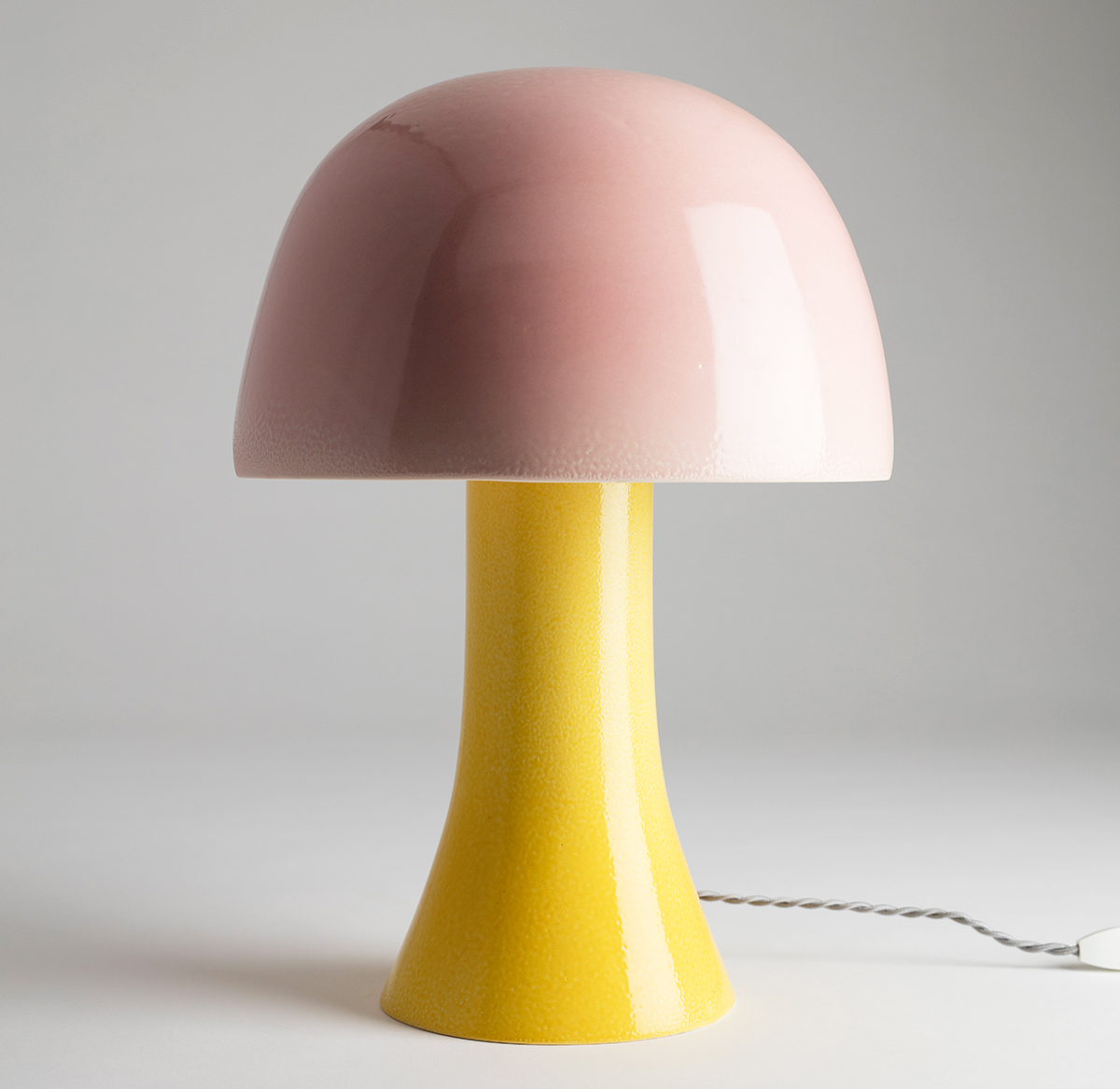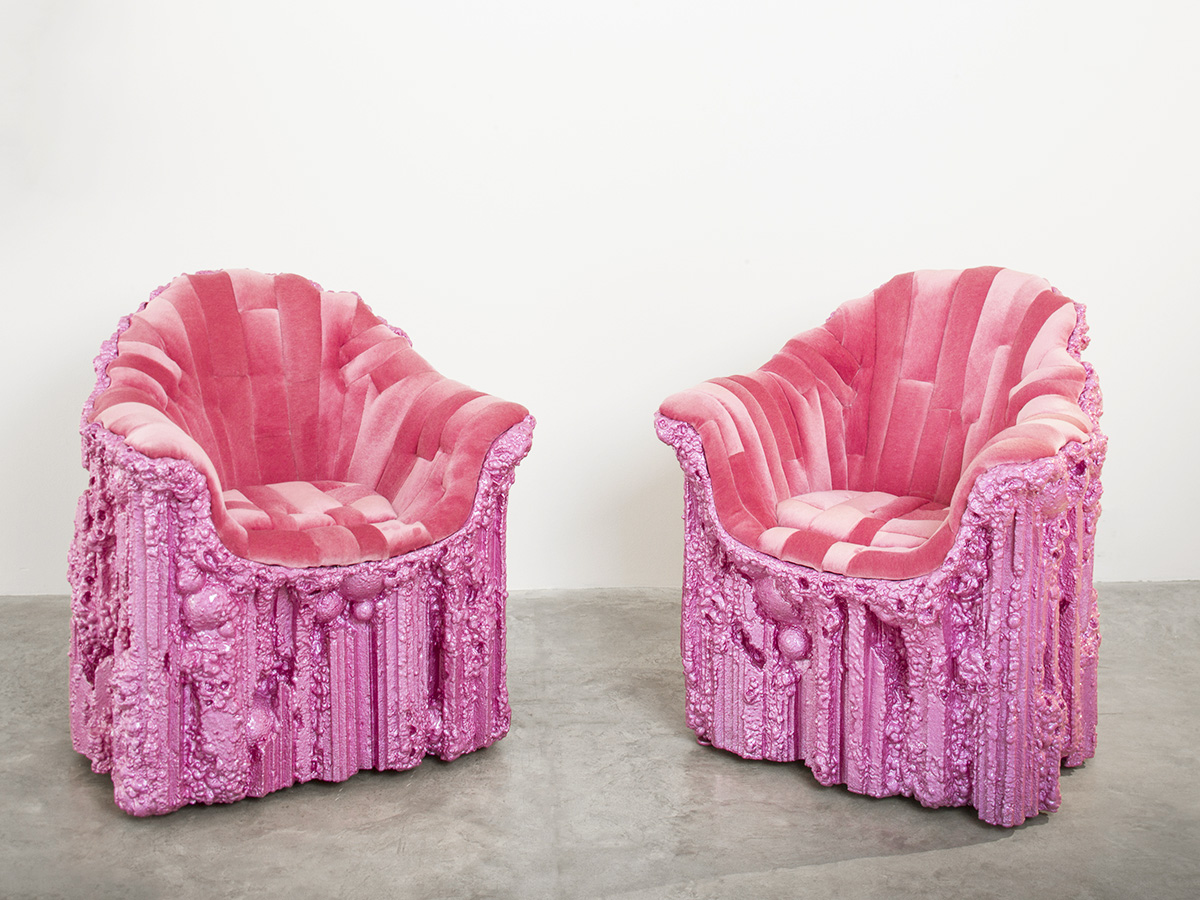
03.07.18
Excerpt: Exhibition
In a New Show, Chris Schanck Debuts Furniture Fit for an Alien King
If you're familiar with Detroit-based designer Chris Schanck's work, you can probably easily conjure an image of it in your mind — primitive yet shiny, lumpen yet somehow slick at the same time. Since 2011, when he was an MFA student at the Cranbrook Academy of Art, Schanck has been developing and refining a technique he calls Alufoil, which is responsible for that shiny, otherworldly aesthetic — it often looks as though Schanck is making executive furniture for an alien king.
